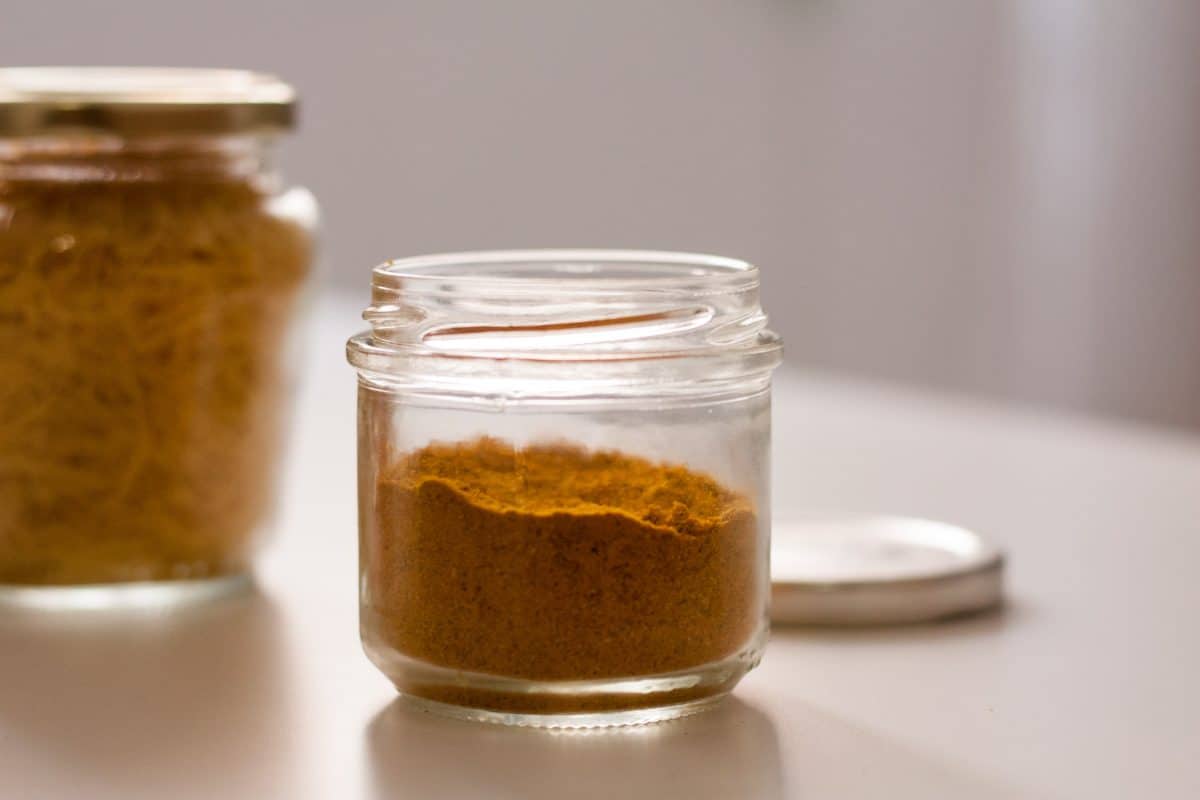In the intricate and varied landscape of Indian cuisine, the terms “curry” and “masala” are often used interchangeably. However, each holds its own unique place in the culinary arts, serving as the cornerstone of many Indian recipes. Understanding the nuances between these two spice blends can elevate your cooking experience and deepen your appreciation for the ancient traditions that have made Indian food a global phenomenon.
What is Curry?
“Curry” is an Anglicized term that refers to a wide variety of dishes originating from the Indian subcontinent. It commonly involves a mixture of spices, vegetables, and proteins simmered together in a sauce. In terms of spice blends, curry powder is typically a pre-made mix of spices like coriander, turmeric, cumin, and fenugreek, among others. Curry powder can differ in heat levels and flavors depending on the regional influences and the chef’s preferences.
What is Masala?
Masala, on the other hand, is a Hindi word that translates to “a mixture of spices.” Unlike curry powder, which is relatively standardized, masalas can vary greatly from region to region, and even from family to family. A masala can be a dry blend of spices, like garam masala, or it can refer to a paste made from a mixture of spices and other ingredients like garlic, ginger, and onions. Masalas form the base of many dishes, including gravies, dry sautés, and marinades.

